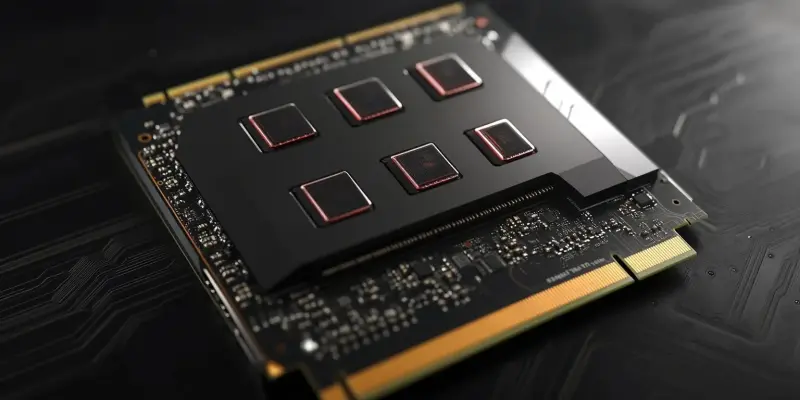In an intriguing move that underscores the strategic decisions shaping the graphics technology landscape, AMD has decided to concentrate on its RDNA 4 graphics architecture exclusively for desktop GPUs for the time being, not yet planning for mobile variants. This decision is in stark contrast to Nvidia’s proactive rollout of its competing Blackwell chips, marking a distinctive differentiation in their approach to the market. AMD’s RDNA 4 lineup currently includes two standout cards: the Radeon RX 9070 and 9070 XT. These mid to high-end desktop graphics cards aim to provide formidable competition to Nvidia’s forthcoming RTX 5070 series, capturing the interest of gaming enthusiasts and professionals alike.
Emphasis on Desktop-Centric Development
A significant factor in AMD’s strategy is the recent announcement of several powerful APUs, specifically Strix Point and Strix Halo. However, these do not utilize the RDNA 4 architecture, indicating a distinct separation in technologies between desktop and mobile applications. Strix Point and Strix Halo are designed to enhance gaming performance on handheld PCs and laptops respectively. Strix Point APUs incorporate up to 16 Ryzen 3.5 compute units, promising significant improvements in gaming capabilities over other devices such as the Steam Deck and Asus ROG Ally. Meanwhile, Strix Halo, also known as Ryzen AI Max, features up to 40 compute units and is expected to deliver impressive performance, potentially diminishing the need for a dedicated GPU in certain setups.
In a recent interview, AMD’s Director of Product for Premium Mobile Client, Ben Conrad, confirmed the company’s desktop-focused RDNA 4 strategy, with no immediate plans to develop mobile versions. Conrad elaborated that the RDNA 4 architecture is optimized for desktop GPUs, while for mobile configurations, AMD is channeling its efforts into Strix Point and Strix Halo APUs. These developments reveal AMD’s immediate focus on enhancing desktop gaming performance while exploring innovative APU solutions for the mobile market.
Anticipated Mobile Developments
Although RDNA 4 will not immediately find its way into mobile versions, AMD’s long-term strategy does include plans to integrate the architecture into future laptop chips as APUs. However, the specifics regarding timing or configurations remain undisclosed. In the interim, manufacturers are preparing to release laptops pairing Strix Point APUs with Nvidia’s upcoming RTX 50 series GPUs, intending to provide a hybrid configuration that balances AMD CPU processing power with Nvidia GPU performance. For instance, Asus has listed models with price points ranging from $1,999 to $3,999, indicating the market’s anticipation for such hybrid configurations.
The competitive dynamic between AMD and Nvidia continues to intensify, with each company leveraging its unique strengths to capture market share. AMD aims for substantial software improvements, incorporating features like FSR 4, even as Nvidia advances with higher-end GPU launches, potentially at high prices due to factors like scalping and custom variants. This ongoing rivalry propels innovation and advancements within the graphics technology sector, promising exciting developments for consumers.
Future Market Trajectory
In a surprising yet strategic decision that highlights the dynamic nature of the graphics technology sector, AMD has announced a dedicated focus on their RDNA 4 graphics architecture specifically for desktop GPUs, with no immediate plans to extend this technology to mobile variants. This choice contrasts sharply with Nvidia’s assertive deployment of its rival Blackwell chips, signifying a clear divergence in their market strategies. AMD’s current RDNA 4 lineup showcases two notable models: the Radeon RX 9070 and the 9070 XT. These mid to high-end desktop graphics cards are positioned to offer strong competition against Nvidia’s upcoming RTX 5070 series. Aimed at capturing the attention of both gaming enthusiasts and professionals, these GPUs are designed to deliver high performance and robust capabilities. AMD’s move reflects a calculated effort to carve out a competitive edge in the desktop GPU marketplace, while Nvidia’s all-encompassing approach to both desktop and mobile chips underscores the varied tactics shaping the current and future landscape of graphics technology.

